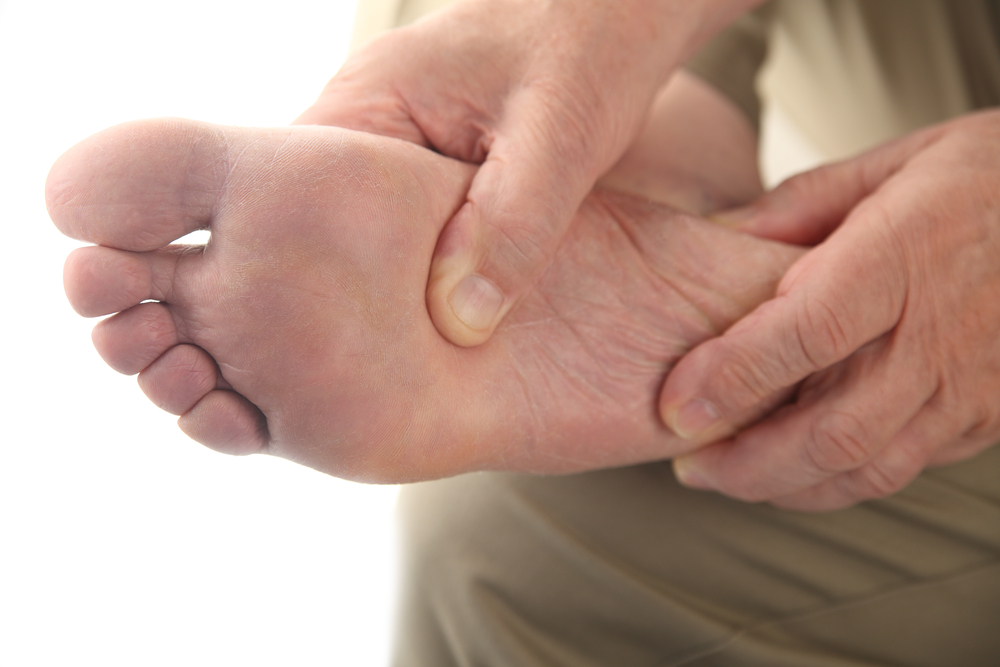It is the circulation system of your body that has the task of distributing blood, oxygen, and nutrients throughout the body. When there is insufficient blood flow to a certain part of your body, you can encounter the symptoms of the so-called poor circulation. You can experience it usually in your extremities, like the legs and arms.
The fact is that poor circulation is not the condition, but rather, it is the effect from having other health issues. That is why it will be beneficial to treat the root cause of this problem and not just focus and deal with the symptoms itself.
Signs of having a Poor Circulation
The following are the most common signs of poor circulation:
- Pins and needles;
- Lack of feeling
- stinging pain in your limbs
- muscle cramps
Aside from these, there are some unique signs of poor circulation depending on your medical concern.
Causes of poor circulation
Several medical problems can be the sources of a person’s poor circulation. These are the following:
1. Peripheral artery disease
Peripheral artery disease (PAD) is a circulatory condition that causes our blood vessel and arteries to be narrow. Moreover, there are cases, like in atherosclerosis, a plaque buildup happens in mentioned organs, causing it to stiffen. Regardless, these problems result in declined blood flow to your extremities, resulting in pain. Over time, decreased blood flow can result in numbness and tingling sensation, also nerve and tissue damages. This is very common to people aging 50 years and above, however, it can also happen to younger individuals, especially to those who are smokers.
An untreated blood flow reduction and plaque in arteries may cause stroke. Moreover, if the plaque buildup happens in any arteries in your heart like in carotid arteries (major bleed vessels that transports blood to the brain), you have a bigger risk of having heart attack.

2. Blood clots
This happens when there is a partial or entire blockage in the flow of the blood. This condition can happen anywhere in your body. However, if this occurs in your arms and legs, this can result in problems in blood circulation.
This happens for various reasons, and it can be dangerous. For instance, a blood clot in the leg can pass to other parts of the body, which can result in stroke. However, a blood clot can be treated successfully if discovered earlier.
:max_bytes(150000):strip_icc()/iStock_000030685512_Large-56a5c5945f9b58b7d0de6aa1.jpg)
3. Varicose veins
Varicose veins happens when there is a valve failure, causing the enlargement of the veins. These enlarge veins is usually located at the back of the legs, and they looked appear crooked and inflamed. These veins are inefficient since they can’t able to move blood regularly, so poor circulation happens. The worst case, though it happens rarely, is when varicose veins can lead to blood clots.
Aside from your gender, your genes are also a determinant whether you will be having varicose veins or not. If you have a relative with varicose veins and are obese, there’s a possibility that you will develop it as well. Moreover, women are more likely to have it than men.
4. Diabetes
Aside from its effect on the blood sugar, diabetes can also cause poor circulation in some areas in your body. However, advanced cases of diabetes like diabetic neuropathy cannot detect poor circulation because this kind of diabetes can cause decreases sensation especially in the extremities.
Poor circulation to diabetic people depends on how physically active he is- the more active, the worse. This can be leg cramps and pains in buttocks, thighs or calves.
5. Obesity
Being overweight can cause poor circulation like varicose veins and problems in the blood vessels since you are carrying extra pounds which makes you also hard to do things like even sitting or standing.
6. Raynaud’s disease
This is a condition wherein there is a chronic coldness in the hands and feet, causing the narrowing of the little arteries in the hands and toes. Poor circulation also happens on this disease since having tapered arteries cannot move the blood throughout the body efficiently. Women has the possible risk of having this ailment, also those people residing in colder areas or those that are stressed unusually. Aside from the hands and toes, other areas like lips, nose, nipples and ears can also be affected.
Detecting poor circulation
Generally, identifying the person’s condition can help health professionals diagnose the symptoms of the poor circulation. Also, your family history will have to be disclosed to better assess the risks and to know what diagnostic test shall be administered.
A physical exam should be done to check the pain and swelling. In addition, the following based from the special deals from the Halo Health test is needed to trace seditious conditions:
- In the case of diabetes, a blood sugar test
- in the case of blood lot, a test that determines the D dimer levels
- an ultrasoundor CT scan
- tests in blood pressure tests, also, leg tests




